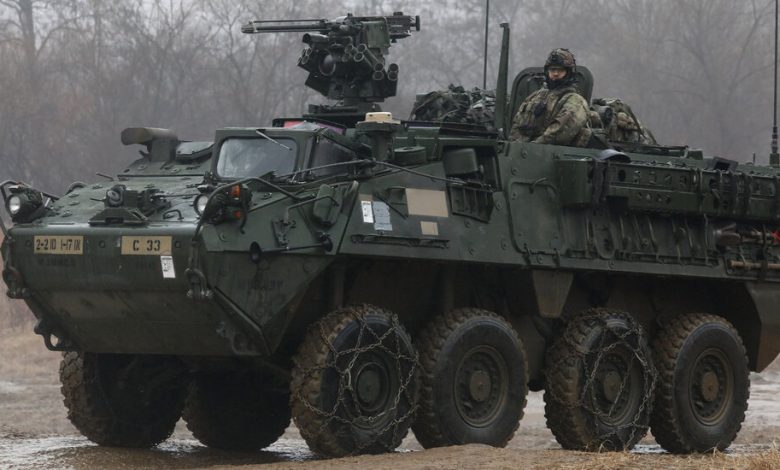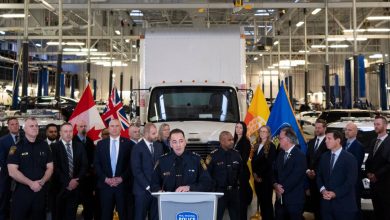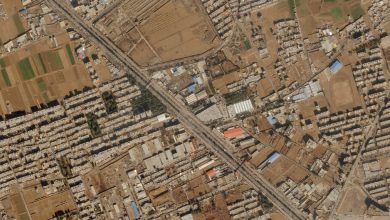What are Stryker vehicles? And why is the Pentagon sending them to Ukraine?

The Pentagon has announced it will send 90 Stryker armored fighting vehicles to Ukraine, the first such transfer of the versatile eight-wheeled weapons from U.S. military stockpiles to a foreign country.
The Strykers will be joined by 59 Bradley infantry fighting vehicles and other weapons as part of a $2.5 billion military aid package for Kyiv. Combined with the 50 Bradleys announced for Ukraine on Jan. 6, the package will give Kyiv the equivalent of two armored brigades’ worth of vehicles, according to a statement emailed to reporters Thursday evening.
What are they?
According to the U.S. Army, there are 18 different variants of the Stryker. Some are built primarily to move infantry soldiers in and out of battle, while others are designed to carry weapons like 120-millimeter mortars to provide fire support. Others carry medium- and large-caliber weapons for direct fire on enemy troops with 30-millimeter cannons or even larger 105-millimeter guns.
Strykers were initially built with flat-bottomed hulls, which proved vulnerable to improvised bombs set to detonate underneath them by insurgents in Iraq. In response, the Army phased those vehicles out with newer Strykers fitted with a V-shaped bottom similar to those used on Mine-Resistant Ambush-Protected Vehicles, which are also called MRAPs.
Exactly which version or versions will be provided to Ukraine is unclear.
Why were they created?
U.S. Army leaders decided in the 1990s that the service needed a more mobile strike force that could go anywhere in the world in just four days. That meant they needed a vehicle that was well-armed and armored while still relatively lightweight and small enough to be carried by a C-130 cargo plane.
The Stryker was chosen as the vehicle the Army could build that force around. They first saw combat in Iraq in 2003.
How are they different from the Bradley?
Strykers are less-heavily armored than Bradleys. And at 20 to 23.5 tons they weigh far less than the Bradley, which can weigh as much as 40 tons, according to a 2016 report from the Congressional Research Service.
While Bradleys run on treads, which offer excellent traction over uneven terrain, Strykers run on eight wheels which can still function even if they have been hit with bullets or shrapnel.
Strykers are also much faster than Bradleys, capable of speeds of 60 miles per hour, according to the congressional report.
The Stryker can also be configured in a number of different variants, including some for use by engineers or as ambulances.
How will they be used in Ukraine?
The Pentagon’s announcement Thursday said the 90 Strykers would also be provided with 20 mine-rollers — wheeled sleds that are designed to be heavy enough to trigger anti-vehicle land mines and are pushed ahead of armored vehicles in the hopes of clearing safe paths through minefields.
As the war between Ukraine and Russia has evolved into a more static battle between entrenched soldiers protected by belts of anti-tank land mines, the combination of Strykers with mine-rollers and additional demolition equipment for what the Pentagon referred to as “obstacle clearing,” indicates that the U.S. is providing Ukraine with specific capabilities designed to enable Kyiv’s armed forces to break though Russian defenses.



